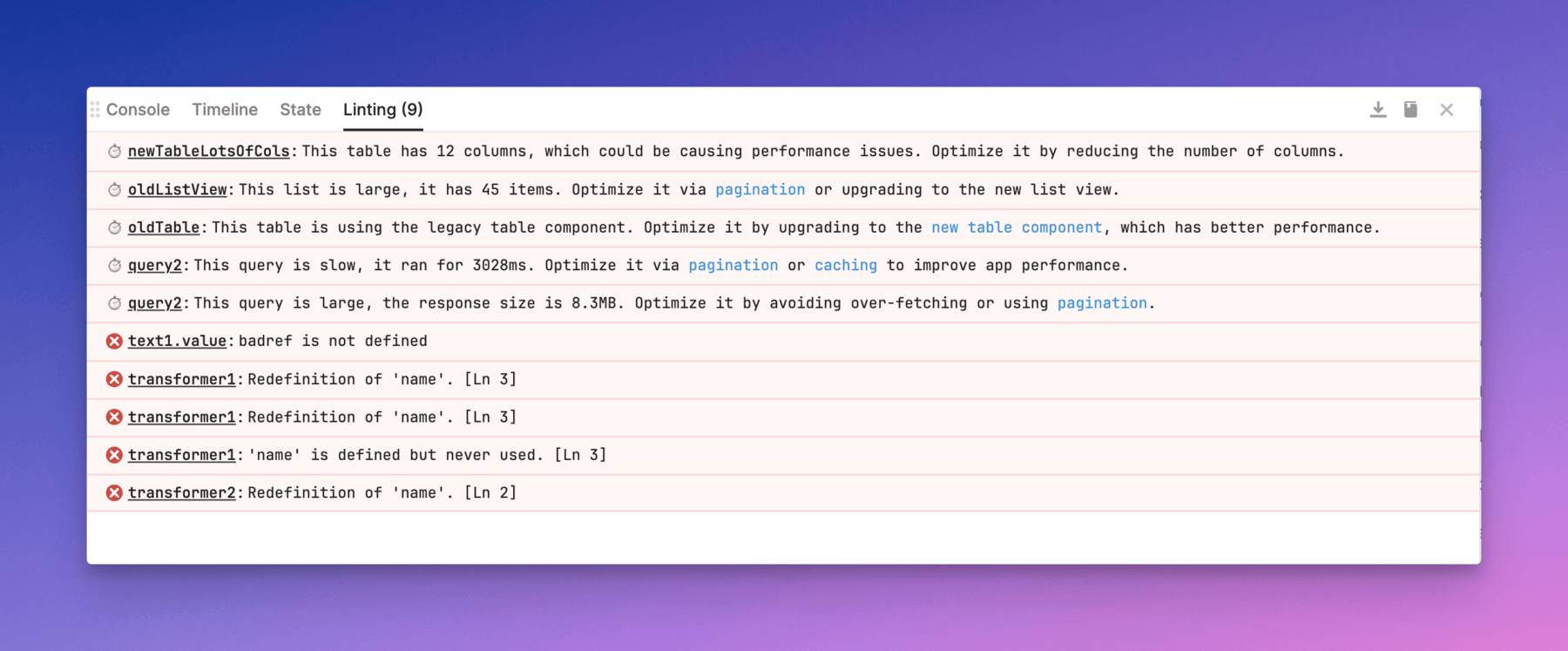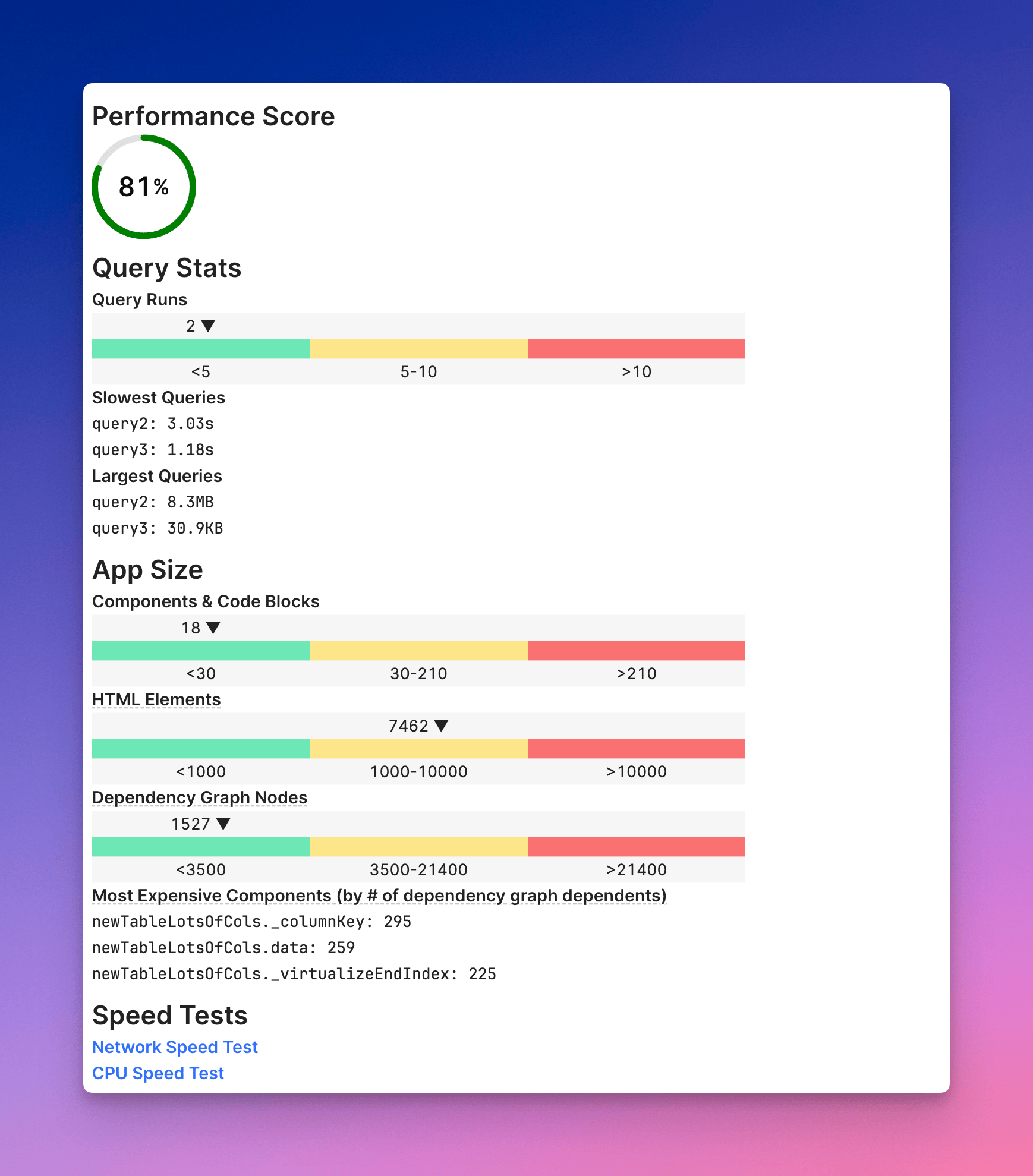Custom component libraries
Custom component libraries is the new approach to building custom React components for web apps. Previously, custom components were built directly within the App IDE. With custom component libraries, you can now build components locally in your development environment, then deploy to Retool. After deploying, you can drag and drop components into apps as you would any other component.
Custom components are contained within libraries, and each library has a unique name. Custom components deployed to Retool are automatically shown in the Component Library.

